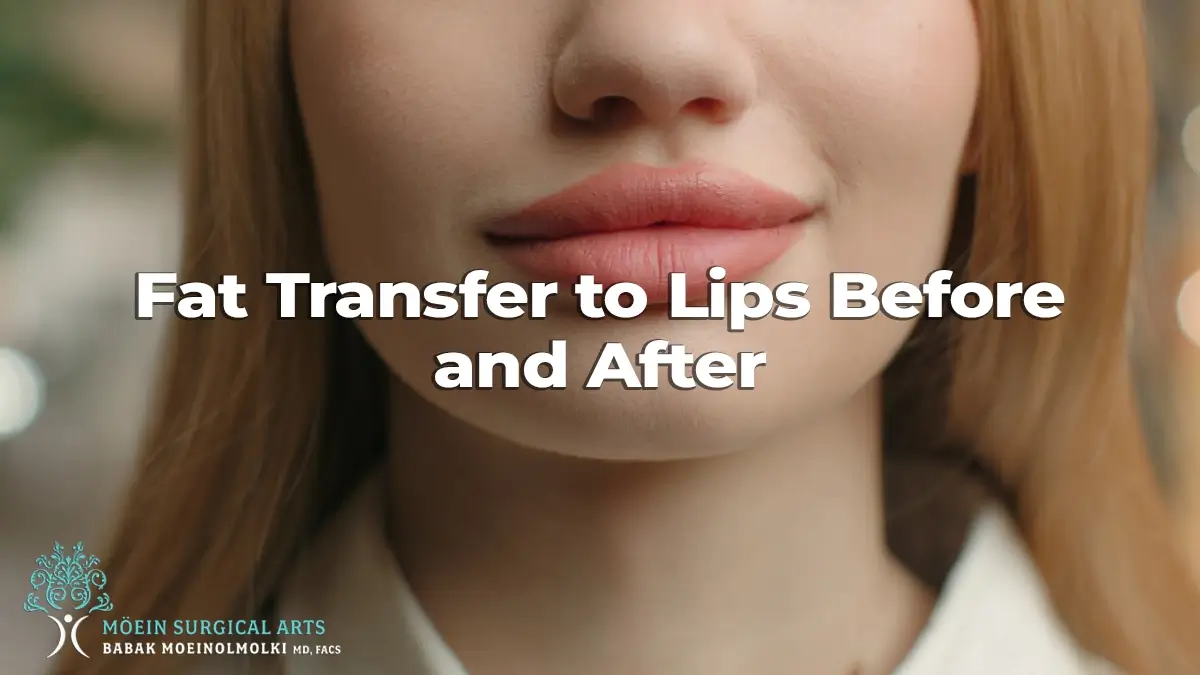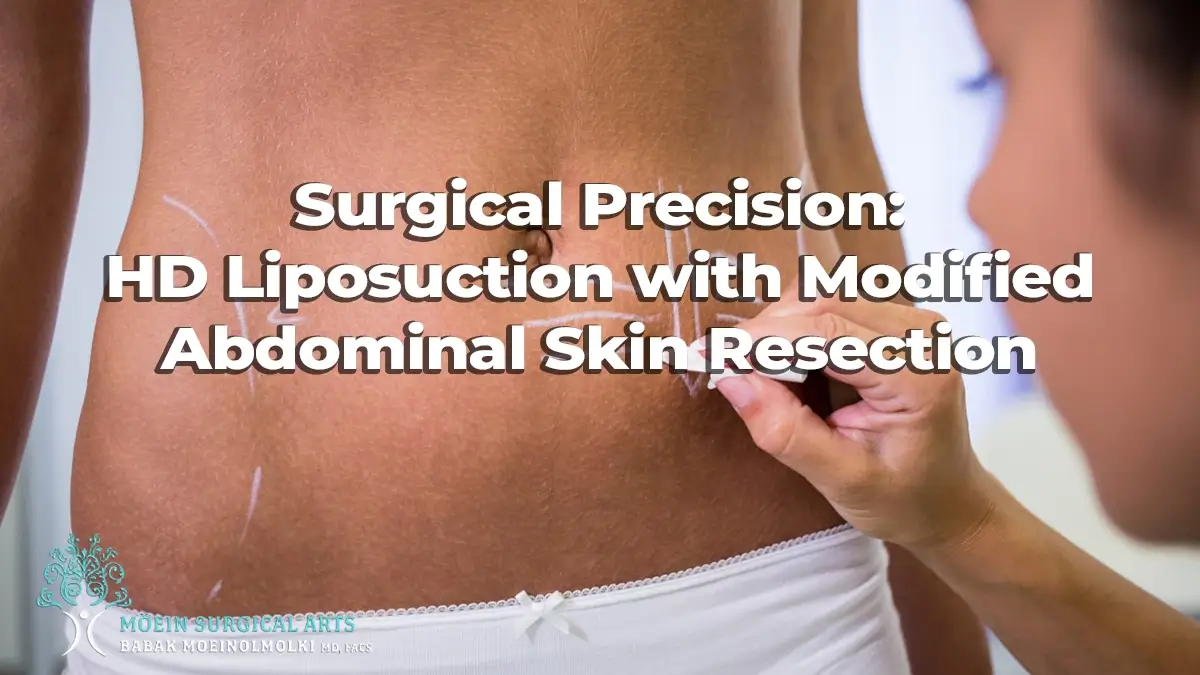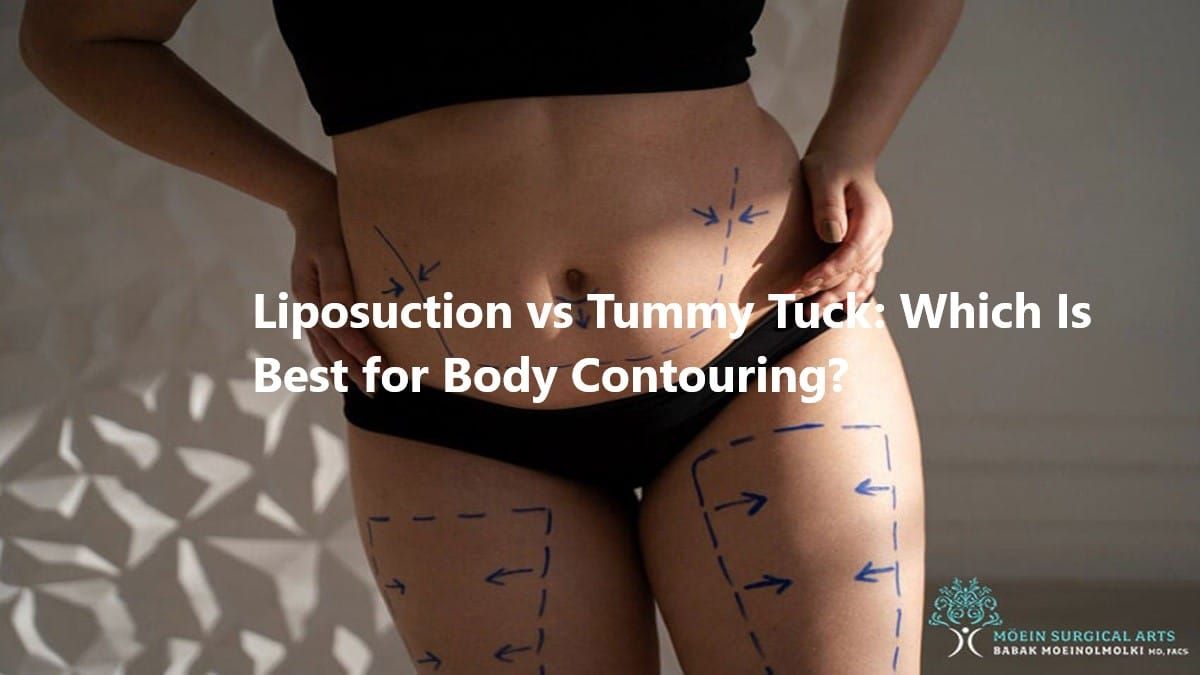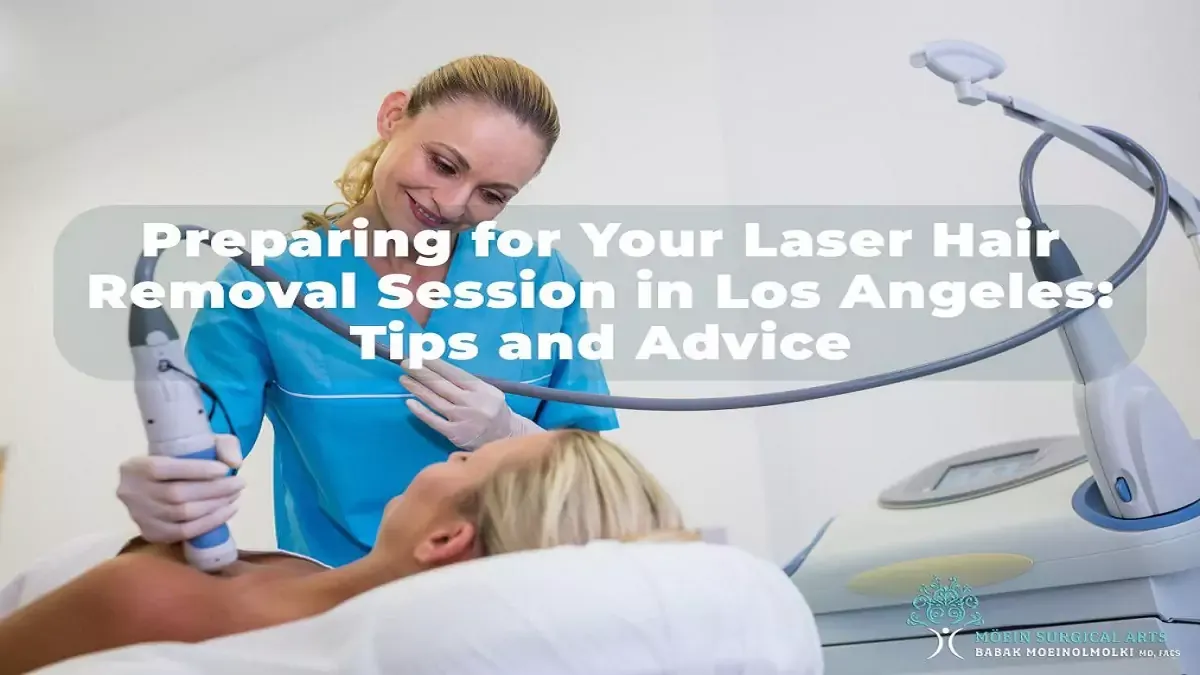
How much is a tummy tuck in California
Introduction: How Much is a Tummy Tuck in California? The average tummy tuck cost in California typically ranges from $8,000 to $15,000 or more, depending on the complexity of the surgery and the need for additional procedures such as liposuction or muscle repair. Prices tend to be higher in major metropolitan areas like Los Angeles, […]












